
How to upgrade Veeam Backup and Replication to v12.2.0.334
Veeam released Backup & Replication v12.2.0.334 on August 28, 2024.

Veeam released Backup & Replication v12.2.0.334 on August 28, 2024.
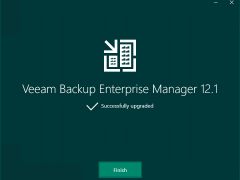
Veeam released the Backup & Replication v12.1.2.172 on May 21, 2024.
The vulnerabilities documented in these sections were fixed starting in the 12.1.2.172 build.
Veeam Backup Enterprise Manager (VBEM)
CVE-2024-29849 | Severity: Critical (9.8)
This vulnerability in VBEM allows an unauthenticated attacker to log in to the VBEM web interface as any user.
CVE-2024-29850 | Severity: High (8.8)
This Vulnerability in VBEM allows account takeover via NTLM relay.
CVE-2024-29851 | Severity: High (7.2)
This vulnerability in VBEM allows a high-privileged user to steal the NTLM hash of the VBEM service account if that service account is anything other than the default Local System account.
CVE-2024-29852 | Severity: Low (2.7)
This vulnerability in VBEM allows high-privileged users to read backup session logs.
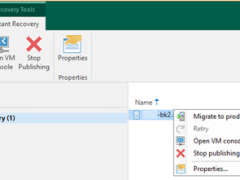
Let’s walk through the steps to perform a Physical to Virtual machine (P2V) conversion using Veeam Backup and Replication (VBR) to migrate a physical server to a Cluster virtual machine.
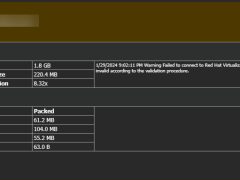
This is a very interesting warning. I migrated many VBR servers, and it’s the first time I’ve encountered this warning.
The detailed warning message is below:
Warning Failed to connect to Red Hat Virtualization plug-in: Failed to login to platform service: The remote certificate is invalid according to the validation procedure.
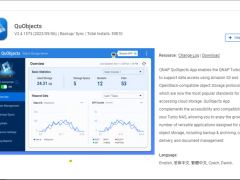
QNAP QuObjects application is free and certificated for objects with immutability, which means you can use it as object storage within Veeam for a backup repository that supports their immutability feature.
The email notifications are not working after upgrading from v11 to v12 (v12.1), including sending the test email.
There are warnings on the backup jobs: ” Sending e-mail report Details: The remote certificate is invalid according to the validation procedure. “
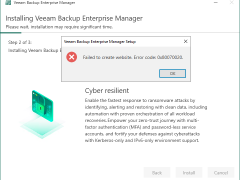
When you try to install or upgrade the Veeam Backup Enterprise Manager 12.1, it might fail to create a website, and the error code is 0x80070020.

Veeam Backup Enterprise Manager is a centralized management and reporting tool designed by Veeam Software for overseeing Veeam Backup & Replication deployments. It allows administrators to control and monitor their backup infrastructure through a web-based interface, making it easier to manage large-scale environments.
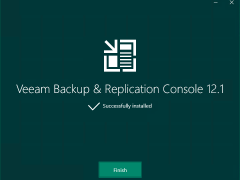
When you install Veeam Backup & Replication v12.1, the Veeam Backup & Replication console 12.1 is automatically installed on the backup server. If you want to remotely access Veeam Backup & Replication v12.1, install the Veeam Backup & Replication console 12.1 on a dedicated machine.
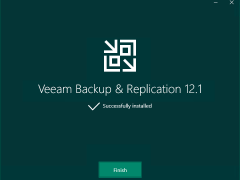
When you install Veeam Backup & Replication v12.1, the Veeam Backup & Replication console is automatically installed on the backup server. If you want to access Veeam Backup & Replication remotely, you can install the Veeam Backup & Replication console on a dedicated machine.
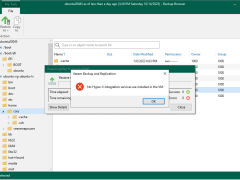
Today, I will show you how to install Hyper-V integration services in the Ubuntu Linux VM of Hyper-V. If the Hyper-V integration services are not installed, you cannot restore any data from Veeam Backup.
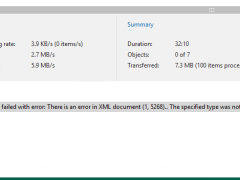
Veeam Backup for Microsoft 365 has an error in one of the mailboxes. The error message is “There is an error in XML document…The specified type was not recognized: name=’SharingMessage’.
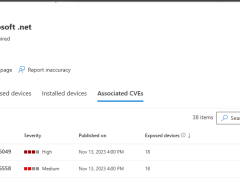
Today, I noticed two fresh vulnerabilities on the VBR12.1 Manager and console servers. Certain .net core requirements are installed when the product is installed. Unfortunately, The .net isn’t patched automatically through Windows updates.
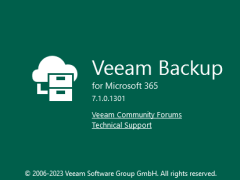
Veeam released version of Veeam Backup for Microsoft 7a on December 5, 2023. The Cumulative patches contain Veeam Backup and replication v12.1 compatibility and the ability to set email notifications with Google and M365 accounts in Veeam Explorers.
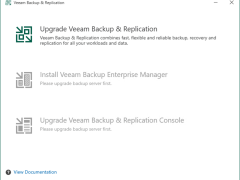
Veeam Backup & Replication 12.1 is the newer build of version 12, and the major new features and enhancements were added in Veeam Backup & Replication v12.1. e.g. Detect and identify cyber threats, Respond and recover faster from malware, Ensure security and compliance, Veeam App for ServiceNow, Backup of object storage, Veeam CDP enhancements, Veeam AI Assistant, etc.
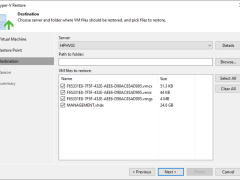
You can restore VM files (XML, VMCX, VMRS, VMGS, VHD, VHDX) if they become corrupted. This option is an excellent alternative to restoring the entire VM. You can only restore a single VM file.
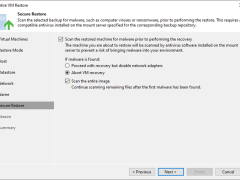
Existing jobs do not need to be updated that process the original/recovered VMs if you restore them to the same host and choose to preserve VM UUIDs. If you configure restore differently and want to process the recovered VMs, you must edit existing jobs or create new ones.
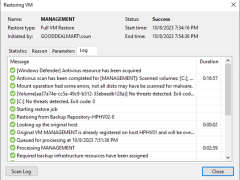
If the original VM fails, you can use Veeam Backup & Replication to restore an entire VM from a backup file to the most recent state or a previous point.

VBR v12 guest file restore—happen error message is as below:
Secondary GPT header LBA 209715199 exceeds the size of the disk (86401630720)
Agent failed to process method {Mount.GenericMount)
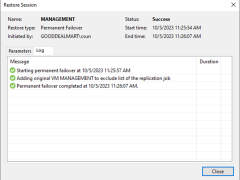
Permanent failover is one method of completing failover. Permanent failover means permanently switching from the original VM to its replica.